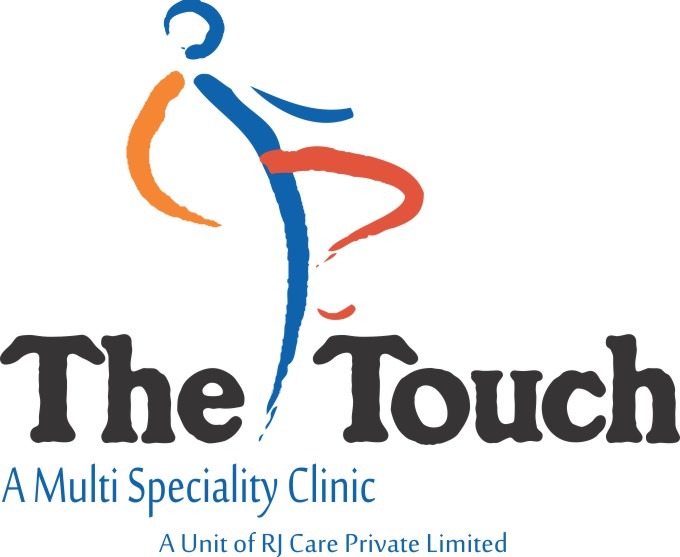After fertilization, the resulting embryo is surrounded by a membrane known as zona pellucida (ZP). For implantation to take place, the embryo has to break free from ZP in a process referred as hatching. For infertile women with more than 35 years of age, the ZP may fail to rupture due to decreased implantation rate during the IVF process. In such a case, assisted hatching is required.
Laser-assisted hatching is one of the techniques used to help the embryo to successfully hatch from zona pellucida, and implant into the uterus walls after embryo transfer. It uses a highly focused laser beam, to strip off the zona pellicuda in very accurate increments. It’s a very essential step during the IVF process.
Advantages of Laser-assisted hatching
In comparison with other methods such as chemical and mechanical hatching, laser assisted hatching has the following advantages:
It is faster and the embryo takes a shorter time outside the incubator
Its precision is high compared to other methods
It’s a safer than the other methods as it requires very less embryo handling.
It’s more efficient because the embryo is not touched in any way and hence no destruction is caused.
Laser-assisted ablation requires precise equipment and facilities. IVF Treatment cost in India together with the cost of this procedure can be high. For the best and affordable test tube baby cost in India, visit The Touch Clinic. It’s the best IVF center in Punjab.
In summary, laser-assisted hatching is a method used to assist the embryo to break free from the zona pellucida. It has many advantages compared to the other methods.

 Robotic
Robotic





